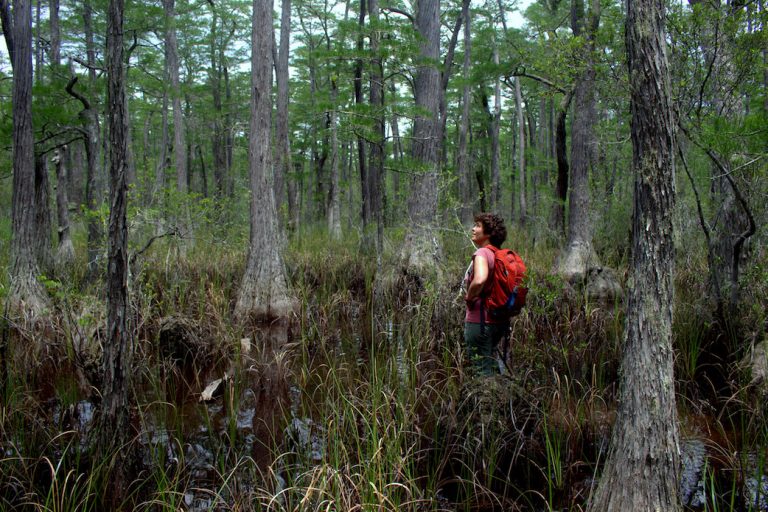Beneath the waves film festival–call for submissions!
This post contributed by Liza Lester, ESA communications officer. Four years ago, graduate student Austin Gallagher took a video camera into the tropical waters around Mo’orea, about 17 km northwest of Tahiti in French Polynesia. With his first post to YouTube, he was hooked. Filmmaking supplied an instant gratification quotient to balance the years of patient, slow research required to…
